#wheel of holidays
Explore tagged Tumblr posts
Text

Wheel of Feltune (Wheel of Fortunes). Holiday Wheel as well. Mainly focuses on the top 8 lucky holidays. Some of them in blue, the rest in green. There’s very few associated with the the holidays and it’s actually rather quiet interesting at some intervals.
Each one is an equivalent to a different side of the holidays. Starting with the top of the wheel being Autumn, then it goes in a full circle over to Summer.
#wheel of holidays#warwitches#warwitchblr#warwitchcore#Warwitch wheels#Warwitch season#wheel of fortune#Warwitch holidays#holidays season#magic of winter#magic of the holidays#Warwitch winter#Warwitch magic#WarWitches of winter#Magic core#magic hour#magic#magic nights#magic season
0 notes
Text

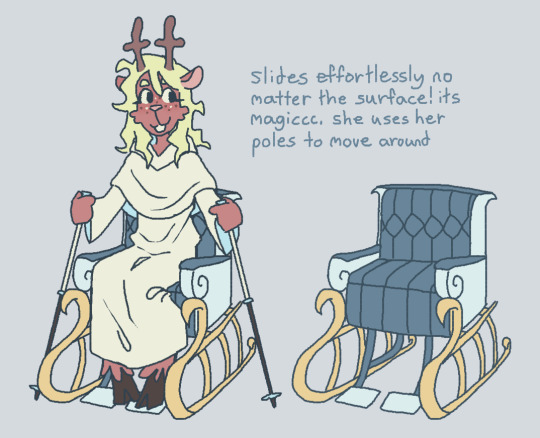
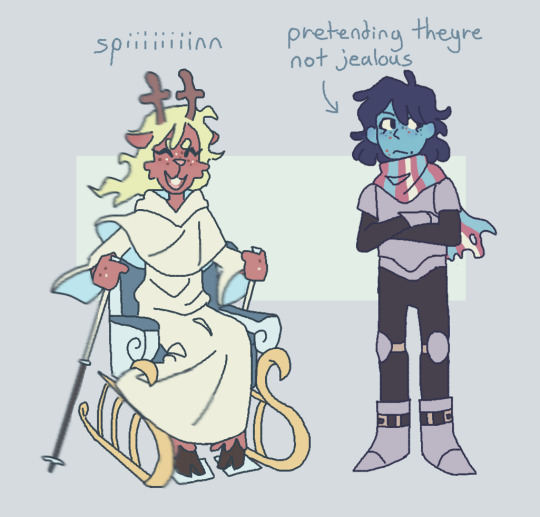
ID: Shaded art of Noelle and Susie. Noelle is in a green and reddish brown wheel chair, with candy cane patterned handles. She wears a red blouse and green plaid shorts. Susie wears a green shirt, belt, blue jeans, and flame patterned sneakers. She leans down and nuzzles Noelle's nose with a smile, tail wagging. Noelle smiles up at her. A heart is above them. Noelle in her dark world appearance with an added poncho. She holds two ski poles and sits in a blue wheel chair, its wheels replaced with gold sleigh runners. Next to her is the same chair without her on it. Text reads: [the chair] slides effortlessly no matter what! its magic. she uses her poles to move around. Noelle in her dark world appearance, spinning in her wheel chair/sleigh. Kris stands next to her, their cape colored like the trans flag, and look to the side with crossed arms. Text points at them and reads: pretending theyre not jealous. End ID
um um. yeah :)
#deltarune#noelle holiday#susie deltarune#suselle#kris dreemurr#described#safe utdr#star art#was talkin in suselle about wheel chair user noelle and made these#it was originally about human noelle but. i like drawing deer#i wanna design a cane and crutches too... also crutches kris? i like the headcanon#noelle has so much object design potential because of her themeing
6K notes
·
View notes
Text
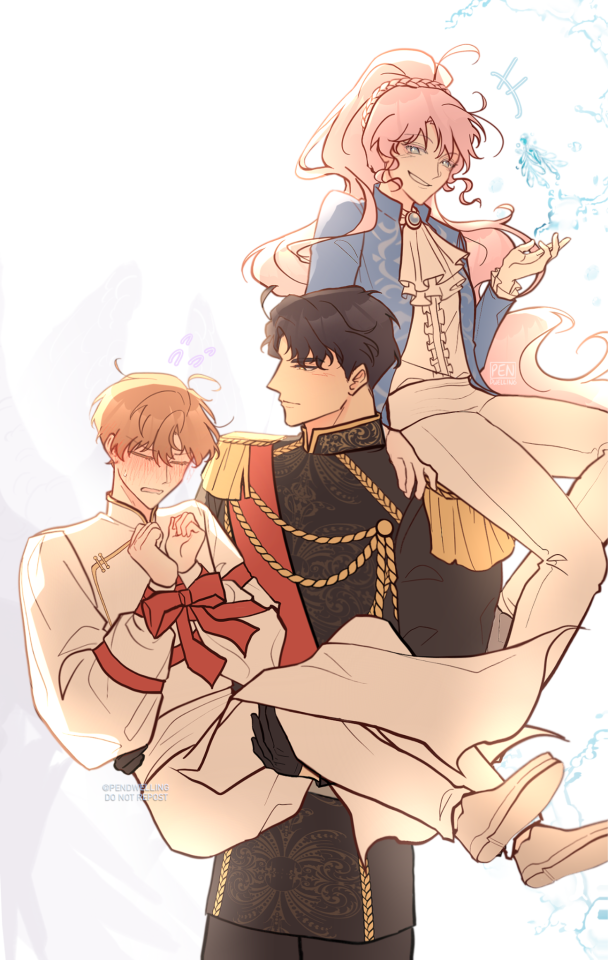
only the best of gifts for our holy knights! 🌙🔥🌊
#when the third wheel strikes back#서브 남주가 파업하면 생기는 일#twsb#섭남파업#MY ART#jung yeseo#cédric riester#christelle de sarnez#cedyeschris#HAPPY HOLIDAYS!!!#jung yeseo is the best gift 🫶🫶#and naturally ced has the strength to effortlessly carry his two partners 💪#chris making mistletoe hehe theyll all have some fun later (they deserve it)#twsb fanart
868 notes
·
View notes
Text
i'm gonna make my painful contribution to The Discourse and say i do not see the harm in women reclaiming female centric spirituality.
i am not a religious person nor do i want to become one but spirituality is also about culture, community and celebration. i would much rather women celebrate nature, the female form, and "divine femininity" than patriarchal phallocentric religions. that "divine femininity" is used pejoratively has always tickled me considering we live in a world hooked on divine masculinity. the old matricentric religions are really the only form of female culture devoid of male-centric worship we can grasp at, since men have dominated our belief systems for thousands of years. and women learning about the old religions is the best way to unravel the myth of the male creator, and realise it is really women who are the closest thing to a "god" on Earth.
there's also an element here, which i think is deeply capitalist, patriarchal, and a little racist, of people considering the connection to & celebration of nature as somehow primitive. i think that the lifestyles most of us live now, with none of us knowing anything about the land around us is actually very infantile and regressive for humanity as a whole. the ways of life we consider "primitive" (primitive communism, matrilineal societies) are really what we need to find ways to return to post-capitalism. they were in tune to nature, sustainable, and much more communal & equal. how can nature be primitive or ascientific when science *is* in nature, and the practices of these old societies were early scientific discoveries & practices. as a Black person, my community is often trying to reclaim our lost practices. it makes sense to me that women would try to do so too.
#i think most of the people posting against this are not understanding what is meant by spirituality#it's not necessarily beliefs in spirits+magic#imo it's something quite sensory#i don't wanna celebrate things like magic & witchcraft personally but#i am looking to replace the christian holidays with nature centered holdiays (the wheel of the year - samhain etc)#radblr
421 notes
·
View notes
Text
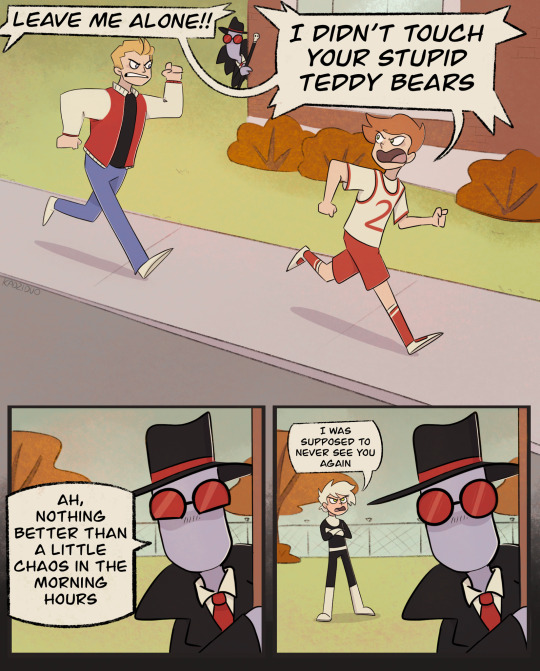

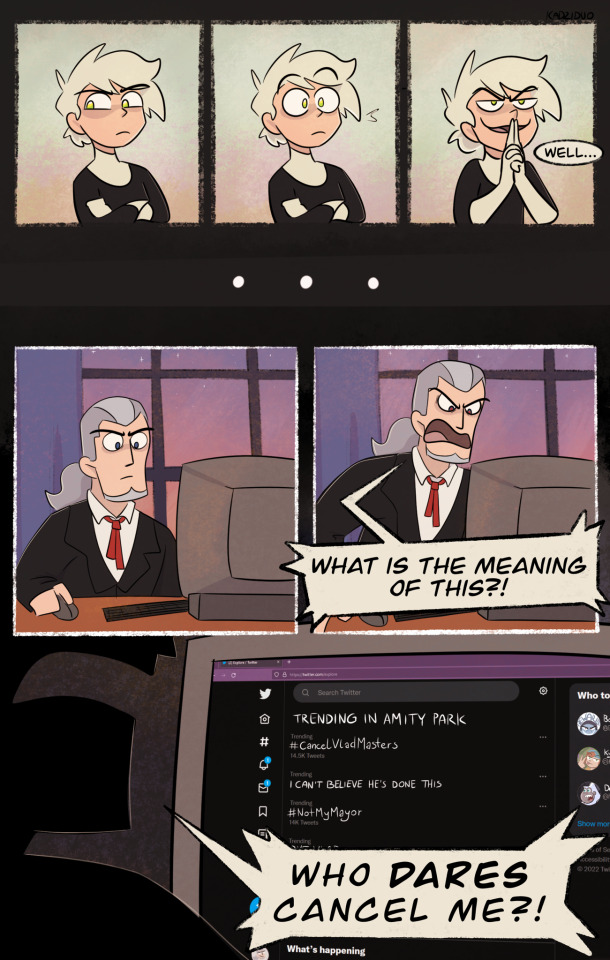
My Holiday Truce gift for @therealsirsticker ! Happy Truce!
My brain immediately mashed the Amorpho and Vlad getting canceled prompts together the moment I saw them hahah they just fit (no clue what they did to cancel him though but it must have been horrible if there’s 14.5K tweets under #CancelVladMasters like dang….)
Its a little silly but still I hope you enjoy! :]
#i literally spun a wheel for the first victim and it landed on wes rip hope he survived 🫡#holiday truce 2022#danny phantom#kad draws
4K notes
·
View notes
Text

Blessed Lammas/Lughnasadh 🪻🥖🌻
#lammas#lughnasadh#pagan#fire festival#summer#wiccan#wheel of the year#pagan holiday#moodboard#celtic#celtic holiday#witchy aesthetic#witchcraft#witchblr#sabbats#sabbat#wicca
242 notes
·
View notes
Text
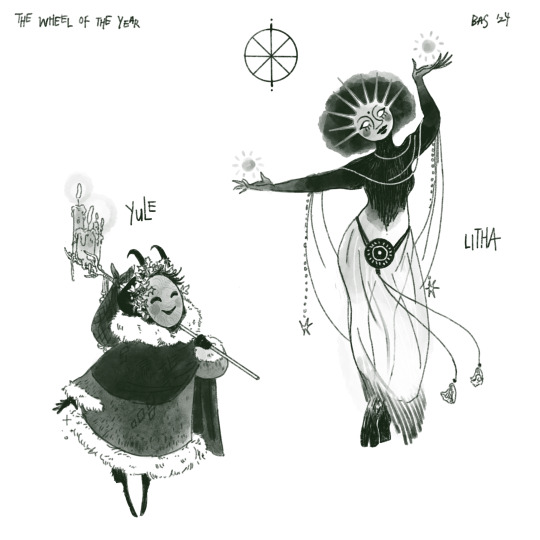



finally got around to redesigning the celestial and seasonal celebrations of the pagan year to make em more cryptid- happy belated litha folks!
#character design#character art#the wheel of the year#blessed litha#original art#pagan holidays#folk art#basil draws#digital illustration#artists on tumblr#pagan festival#folklore art#yule#yule oc#imbolc#imbolc oc#ostara#ostara oc#beltane#beltane oc#litha#litha oc#lughnasadh#lammas#lughnasadh oc#mabon#mabon oc#samhain#samhain oc
288 notes
·
View notes
Text

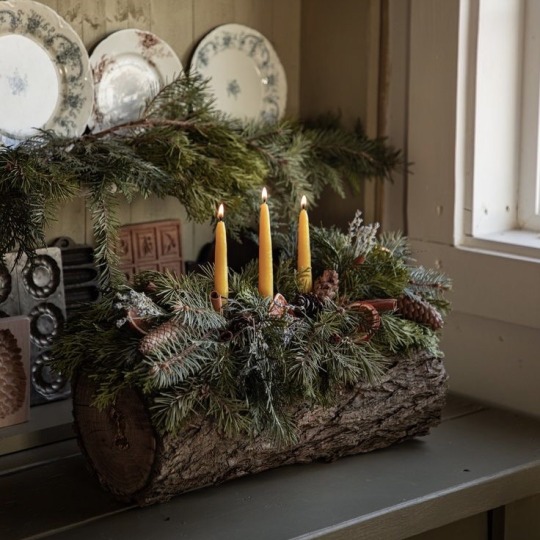

the weather gets colder and the days get shorter . . !
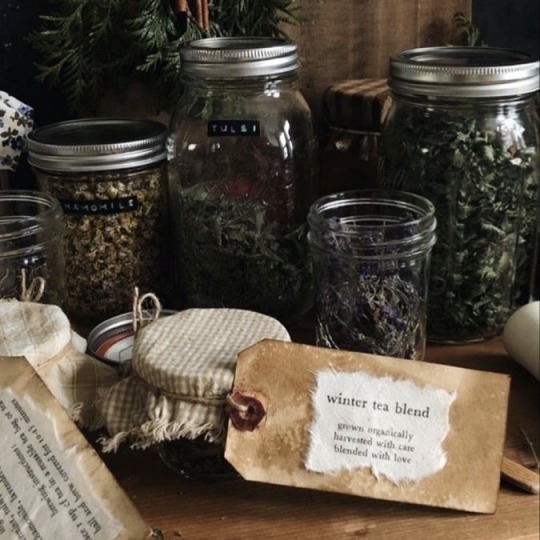


#posts#witchcraft#paganism#yule#witchblr#pagan holidays#winter solstice#wheel of the year#pagan witch#moodboard
980 notes
·
View notes
Text

All About Imbolc
Imbolc, also known as Imbolg, celebrated on February 1st, marks the halfway point between the winter solstice and the spring equinox in early Ireland and Scotland, and also signified the beginning of the first signs of spring after all the harsh winter days. Originally a pagan holdiay in pre-Christian times, there is little in writing about the historic traditions and customs, although many historians believe it revolved around the Celtic Goddess Brigid, lambing season, and cleansing due to observed ancient poetry.
Brigid is a Goddess and daughter of the father-God of Ireland, Dagda. She is associated with quite a few things depending on the sources, but universally associated with wisdom and poetry. Other associations of hers are blacksmithing, protection, domesticated animals, childbirth, fire, and healing. She was also known as a protector of the home and the family.
Once Christianity arose, it is believed that the Goddess was syncretized with the Irish Saint Brigid by Christian monks due to the many overlapping associations. This caused Imbolc to quickly turn into St. Brigids Day and the next day into Candlemas with the rising Christian popularity, enmeshing the holiday associations together.
Today, many people have mixed the traditions and melded many associations from both religious and cultural history to celebrate their own unique way. Common ways to celebrate are making a Brigid's Cross, welcoming Brigid into the home, having a feast in her honor, cleaning the home and oneself, visiting a holy well, and in some parts of the world they still hold festivals and processions carrying a representation of Brigid. Many pagans nowadays are using associations of hers and their connection with nature to create their own ways to celebrate, however, and you can absolutely celebrate however you feel called to do so.
Imbolc Associations:
Colors - white, gold or yellow, green, and blue
Food - milk, butter, cheese, seeds and grains, breads, herbs, blackberries, oat porridge, wild onion and garlic, honey
Animals - sheep and lambs, swans, cows, burrowing and hibernating animals
Items - candles, corn dolls, Brigid's cross, fires, snowdrops and white flowers, crocuses and daffodils, flower crowns
Crystals - amethyst, garnet, ruby, quartz, bloodstone
Other - lactation, birth, feasting, farm preparation, cleansing and cleaning, the sun, poetry and creative endevours, smithing, water
Ways To Celebrate Imbolc:
make a Brigid's cross
light candles
have a feast
bake bread
plan your spring garden
leave an offering for Brigid
make a corn doll
craft a flower crown
clean your home
take a cleansing bath
make something out of metal
have a bonfire
look for the first signs of spring
make your own butter or cheese
do divination work and seek wisdom
write a poem
#magical#magic#magick#witch#witchy#pagan#paganism#witchblr#imbolc#imbolg#brigid#st brigid#candlemas#holiday#baby witch#witch tips#sabbat#wheel of the year#wiccan#celtic#gaelic#history#brigit#beginner witch#witchcraft#witchcore#cottage witch#hedge witch#green witch#eclectic witch
435 notes
·
View notes
Text
Every Pagan Holiday
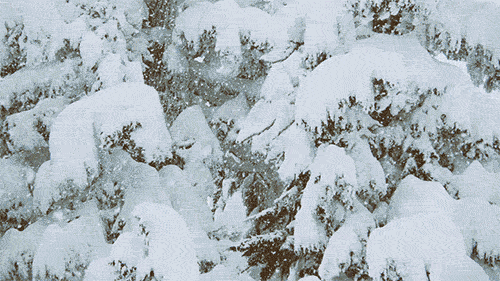
JANUARY
KALENDS
1st January
Origins: Ancient Greece/Rome
Observed by: Hellenic/Roman polytheists
Honouring Janus/Juno, first day of the Year. Kalends brought us the word 'calendar'.
ÞORRABLÓT (THORRABLÓT)
End of January/beginning of February
Origins: Iceland
Observed by: Heathens, Asatru
Midwinter Festival honouring Thor, usually by feasting and poetry.

FEBRUARY
IMBOLC
2nd February
Origins: Celtic polytheism /Ireland, as St. Brigid's Day
Observed by: Most neopagans, Wiccans, Druids, Asatru (as Charming of the Plow)
Imbolc is the most widely known and observed pagan holiday in the months of January and February. It falls at the beginning of spring/end of the winter for the Celtic peoples; marking the changing of the seasons, as most holidays do. St. Brigid is a Christianised form of or inspired by the Celtic fertility goddess Brigid who is celebrated on this day.
PARENTALIA
13th-21st February
Origins: Ancient Rome
Observed by: Greco-Roman polytheists
Translating to 'Ancestors Day', Parentalia is a nine-day celebration of deceased ancestors. Historically it was observed by feasting and making offerings and sacrifices to the dead and spirits of the underworld.
VÁLI'S BLOT
14th February
Origins: Old Norse
Observed by: Heathens, Asatru, Norse polytheists
Váli's Blot is considered by some Asatru to be the Norse equivalent of Valentine's Day but is widely acknowledged as a season changing festival. A day for marriage and celebrating with family and friends, and for remembrance of Váli, the son of Odin who defeated Höðr on this day.
LUPERCALIA
15th February
Origins: Ancient Rome
Observed by: Greco-Roman polytheists
Festival thought to honour a wolf who raised abandoned princes, celebrated originally by sacrificing goats to the gods, feasting, and, for fertility, nudity and fornication.
LESSER ELEUSINIAN MYSTERIES
17th-23rd February
Origins: Ancient Greece
Observed by: Hellenic polytheists
Initiation to the cult of Persephone and Demeter by sacrificing a pig. Prelude to Greater Mysteries, initiations held on these dates. Once completed, initiates could then move onto Greater Mysteries in the autumn.
ANTHESTERIA
27th February - 1st March 2021
Origins: Ancient Greece
Observed by: Hellenic polytheists
Athenian festivals dedicated to Dionysus and the dead. Held around the full moon in the month of Anthesterion, which in the Gregorian calendar this year roughly translates to 27th February.
THE DISTING/DÍSABLÓT
End of February/beginning of March
Origins: Uppsala, Sweden
Observed by: Heathens, Asatru, Norse polytheists
Celebration of Valkyries and other female spirits, called dísir. Sacrifices were made for a good harvest. Celebrated still by an annual market in Sweden.
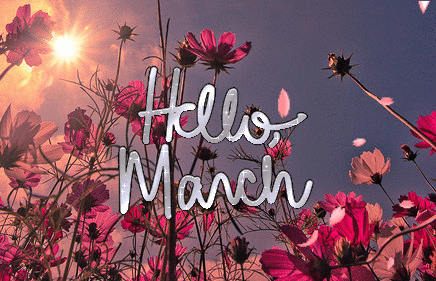
MARCH
KALENDS
1st March
Origins: Ancient Greece/Rome
Observed by: Hellenic/Roman polytheists
Honouring the god Mars/Ares. Kalends brought us the word 'calendar'.
OSTARA/EARRACH
20th March
Origins: Anglo Saxon paganism, popularised as Ostara by Wicca
Observed by: Anglo Saxon Pagans, Wiccans, Neopagans, Druids (as Alba Eilir), Heathens (as Summer Finding), Ásatrú (as Sigrblót)
The northern hemisphere's vernal equinox, the word Ostara was introduced though Wicca and named for the goddess Eostre. Surprisingly unrelated to Easter in all but name, Ostara symbolises the beginning of spring. As a seasonal holiday it is widely celebrated by many different groups of pagans.
RAGNAR LODBROK'S DAY
28th March
Origins: Icelandic Sagas
Observed by: Ásatrú
Day of remembrance for Ragnar Lodbrok, Viking King of legend

APRIL
KALENDS/VENERALIA
1st April
Origins: Ancient Greece/Rome
Observed by: Hellenic/Roman polytheists
Celebration of the first of the month, this one honouring the goddess, Venus.
REMEMBRANCE FOR HAAKON SIGURDSSON
9th April
Origins: Norway, C9th
Observed by: Ásatrú
Day of remembrance for ruler of Norway who claimed lineage to Odin in the Icelandic Sagas.
WALPURGISNACHT
30th April
Origins: German Christianity, originally Saint Walpurga was known for banishing witches and other pests
Observed by: LaVeyan Satanists
Anton LaVey chose to celebrate this holiday as a follow up to the spring equinox and due to its past association with witchcraft.
HEXENNACHT (WITCHES' NIGHT)
30th April
Origins: German folklore, as Walpurgisnacht but witches were alleged to convene with the devil in this night
Observed by: Temple of Satan as 'a solemn holiday to honour those who were victimized by superstition'.

MAY
BEALTAINE/BELTANE
1st May
Origins: Celtic (Ireland/Scotland/Isle of Man)
Observed by: Wiccans, Neopagans, Celtic reconstructionist, Ásatrú/Heathens (as May Day)
One of the more well-known pagan festivals, Beltane is a festival of fire and the beginning of the summer. Also widely referred to as May Day, it is celebrated by lighting fires.
KALENDS
1st May
Origins: Ancient Greece/Rome
Observed by: Hellenic/Roman polytheists
Honouring the goddess Maia, for whom the month may have been named.
REMEMBRANCE FOR Guðröðr of Guðbrandsdál
9th May
Origins: C11 Norway, Icelandic Sagas
Observed by: Ásatrú, Norse, heathens
Guðröðr had his tongue removed by Óláfr for rebelling against violent conversion from Norse paganism to Christianity.
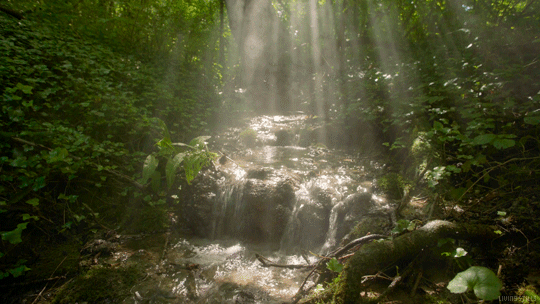
JUNE
KALENDS
1st June
Origins: Ancient Greece/Rome
Observed by: Hellenic/Roman polytheists
Anniversary of temples to Juno Moneta (protectress of money, her temple was where coins were made), Mars/Ares (God of war), and the Tempestates (goddesses of storms).
ARRHEPHORIA
3rd Skirophorion (translates to mid-June)
Origins: Ancient Greece
Observed by: Hellenic reconstructionist
Feast in celebration of Athena and fertility.
MIDSUMMER/SUMMER SOLSTICE
21st June
Origins: Agricultural holiday/longest day observed for centuries by many civilisations. Christianity can date to as early as C4th
Observed by: Wiccans/Germanic neopagans (as Litha), Asatru/Heathens, Druids (as Alban Hefin)
One of the main four holidays in the Wheel of the Year and popularised by Wiccans and neopagans as Litha which is taken from the Anglo-Saxon words for June/July, this is the longest day of the year and the middle point and sometimes considered the beginning of summer.

JULY
REMEMBRANCE FOR UNNR/AUD THE DEEP MINDED
9th July
Origins: C9th Iceland
Observed by: Ásatrú, Heathens, Norse reconstructionist
Aud was a traveller in the 9th century moving between Dublin, the Hebrides, Orkney, and finally Iceland following the deaths of her husband and son. This day is to honour her memory.
HERACLEIA
July/August
Origins: Ancient Greece
Observed by: Hellenic polytheists
Festival dedicated to Heracles the demigod and his death, involving feasting and celebration.

AUGUST
LUGHNASADH/LAMMAS
1st August
Origins: Celtic Britain (Ireland, Scotland, Isle of Man)
Observed by: Wiccans, Neopagans, Christians (as Lammas), Ásatrú (as Freyfaxi)
Named for the god Lugh, this festival is one of the Celtic harvest festivals and marks the beginning of the harvesting months. It was celebrated by climbing mountains, bull sacrifice, offerings, and feasting. Handfasting is commonplace with Wiccans in modern times.
REMEMBRANCE FOR REDBAD, KING OF THE FRISIANS
9th August
Origins: C7th Frisia (area of Germany/Netherlands)
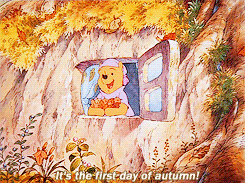
SEPTEMBER
NOUMENIA
8th September
Origins: Ancient Greece
Observed by: Hellenic polytheists
Celebration of new Hellenic lunar month. Offerings of honey and incense made to household deities.
REMEMBRANCE FOR HERMANN THE CHERUSCAN
9th September
Origins: C9th CE
Observed by: Heathens, Ásatrú
Hermann the Cheruscan, also known as Arminius of the Cherusci tribe, led the defeat against the Romans at the Battle of Teutoburg Forest and is lauded for saving Eastern Germanic peoples from being conquered by the Roman Empire.
AUTUMN EQUINOX (NORTHERN HEMISPHERE)
22nd September
Origins: 1970s neopaganism
Observed by: Wiccans and Neopagans (as Mabon), Ásatrú (as Winter Finding)
Named Mabon by prominent Wicca and Neopagan Aidan Kelly, after the Welsh mythological figure Mabon ap Moldron, the autumn equinox is one of the harvest festivals and marks the beginning of autumn in the northern hemisphere. Mabon is a relatively new pagan holiday not based on any specific historical festival, but traditionally people around the world would celebrate some kind of harvest festival around the end of September/beginning of October.
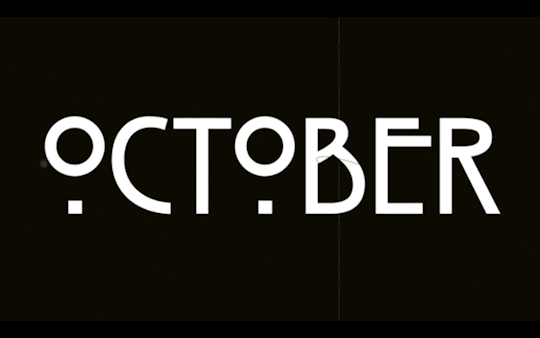
OCTOBER
PYANOPSIA
7th October
Origins: Ancient Greece
Observed by: Hellenic polytheists
Pyanopsia, or Pyanepsia, is a festival to honour Apollo, one of the most important deities, God of music, the sun, knowledge, healing, and archery - amongst other things. During the festival, two special offerings would be placed on doorways and carried to the temple. These offerings were a bean stew, and an olive branch wrapped in wool with honeys, pastries and seasonal fruits hanging from it.
REMEMBRANCE FOR LEIF EIRIKSSON
9th October
Origins: C10th CE
Observed by: Heathens, Ásatrú, Norse pagans
Remembrance for Leif and his sister Freydís Eiríksdóttir, children of Erik the Red, who are cited with being the first Norse explorers in North America.
THESMOPHORIA
12th-14th October
Origins: Ancient Greece
Observed by: Hellenic polytheists
Festival held in honour of Demeter Thesmophoros, goddess of agriculture, and her daughter Persephone, goddess of death and life, Queen of the Underworld. Celebrated primarily by women, this festival is linked with fertility, and we know very little about it due to its secretive rites. It is thought that it involved the sacrifice of pigs (although some sources say women), and abstinence.
REMEMBRANCE FOR ERIK THE RED
28th October
Origins: C9th CE
Observed by: Heathens, Ásatrú, Norse pagans
Erik the Red, probably named for the colour of his hair and beard, was the first permanent European settler in Greenland. His children were explorers too, who went to America, and although his wife converted to Christianity, Erik remained faithful to his Norse pagan gods.
SAMHAIN (HALLOWE'EN)
31st October-1st November
Origins: Gaelic - Scotland, Ireland, Isle of Man
Observed by: Celtic pagans, Neopagans, Wiccans
Pronounced SOW-in (sow rhyming with cow), Samhain was originally a harvest festival marking the beginning of winter. The day itself is the 1st November, but celebrations begin on October 31st, and this has become the accepted associated day. It's a festival of the dead, where the síthe, fae and spirits, can enter this realm from their own. Wiccans talk of a 'veil' thinning, meaning the boundary between worlds. Similar death related festivals around this time can be noted in other faiths from across the globe, and of course in the modern Hallowe'en.
WINTER NIGHTS (VETRNAETR), ÁLFABLÓT/DÍSABLÓT
31st October
Origins:
Celebrated by: Heathens, Ásatrú, Norse pagans
Winter Nights is mentioned in the Ynglinga Saga as one of the three greatest blessings of the year, the other two being Sigrblót in April, and þorrablót in late Jan/early Feb. Winter Nights is the celebration of the beginning of the winter season; Álfablót is a sacrifice to the elves, and Dísablót a sacrifice to the female spirits (dísir) and Valkyries.
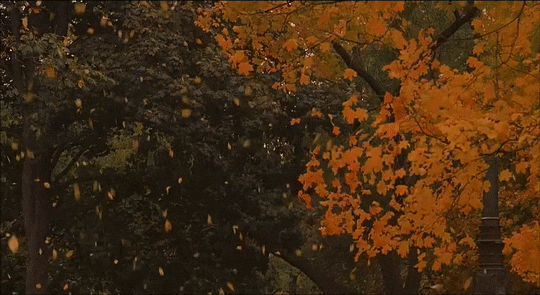
NOVEMBER
REMEMBRANCE FOR SIGRID THE HAUGHTY
9th November
Origins: C9th CE
Observed by: Heathens, Ásatrú, Norse pagans
It is not actually known whether Sigrid Storråda, or Sigrid the Haughty, was an actual historical figure, an amalgamation of a few, or simply a myth. The lore goes that she was proposed to multiple times and turned down many but went on to orchestrate conflict when a potential suitor - Olaf Tryggvason, King of Norway - attempted to convert her to Christianity.
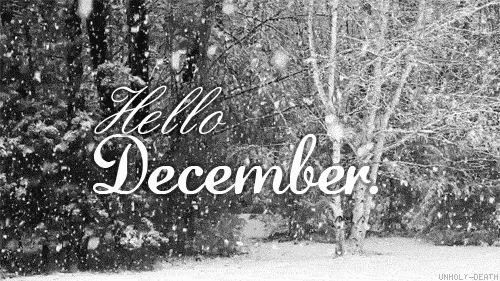
DECEMBER
REMEMBRANCE FOR EGILL SKALLAGRÍMSSON
9th December
Origins: C10th CE
Observed by: Heathens, Ásatrú, Norse pagans
Day celebrating the poet, farmer, and berserker Egill Skallagrímsson, who is recalled in The Icelandic Sagas by Snorri Sturluson. Egill is known for his many killings and escaping death by writing an epic poem after being captured when washing up on our Northumberland coastline.
SATURNALIA
17th - 23rd December
Origins: Ancient Rome
Observed by: Roman polytheists, some Hellenic
Like Yule and Lesser Dionysia, Saturnalia was the Roman winter festival celebrating the coming return of the sun and honouring the god Saturn. The standard feasting and drinking feature, and slaves would be treated as equals like Dionysia. Saturnalia is another festival cited as being picked up by Christians and used as inspiration for Christmas.
WINTER SOLSTICE (YULE/MIDWINTER)
21st December
Origins: Germanic nations, as early as C4th CE
Observed by: Norse pagans, Wiccans, Neopagans, LaVeyan Satanists, Ásatrú, Heathens, many Germanic nonpagan peoples
Yule is the midwinter festival known commonly among pagans as a time for feasting, being with loved ones, remembering ancestors, and looking forward to the return of the light and warmer days. Many pagans will celebrate Yule for more than one day, some celebrating a week either side, some for longer, up to two months, and some for twelve days afterwards. True Yule would have originally been in January for midwinter, but King Haakon the Good
moved it to coincide with the Christian celebrations in the 10th century, as told in the Ynglinga Saga.
On the 24th of December, Anglo Saxons are said to have celebrated 'Mothers Night' honouring female ancestors.
RURAL/LESSER DIONYSIA
End of December/beginning of January
Origins: Ancient Greece
Observed by: Hellenic polytheists
Smaller festival honouring the god Dionysus (Greater Dionysia took place in cities at the end of winter). Feasting, mask wearing to stop distinction between classes so that everyone could feel equal, sacrifices, parades, and phallic display were all used to celebrate.
#wheel of the year#wiccan#pagan#heathen#greek#mythology#holidays#religious holidays#pagan holidays#non-Abrahamic holidays#witch#witchcraft#witchblr#pagan wicca#polytheism#paganism#witches#witch holidays#witches holidays#pagan witch
257 notes
·
View notes
Text
Celebrating Samhain
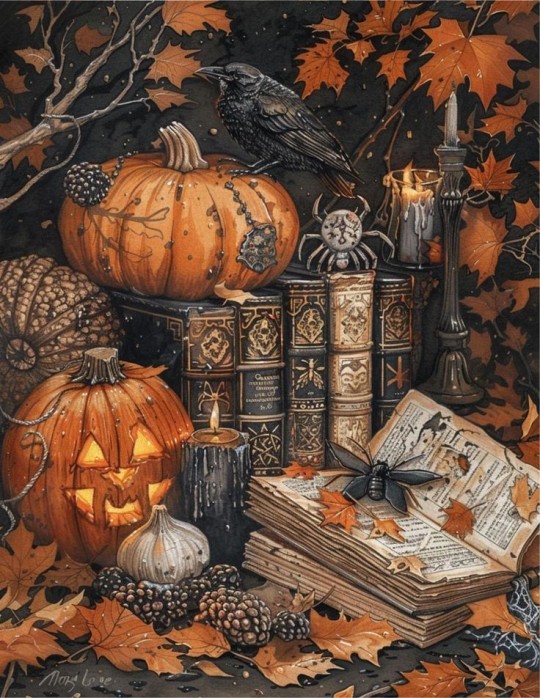
Samhain, pronounced "SAH-win", is the eighth Sabbat and final spoke on the Wheel of the Year. With ancient Celtic origins, Samhain was one of the four fire festivals, and falls at the halfway point between the Autumn Equinox ans Winter Solstice. Opposing Beltane on the Wheel, Samhain also similarly features a 'thinning of the Veil', a time when the barrier between our world and that of spirits and other magickal entities is weakened and easier to cross. While Beltane famously is a strong time to interact with the Fae due to the Veil thinning, Samhain is most known for interactions with spiritual entities, the dead, and ancestors.
Samhain is also known as the third and final Harvest Festival (the first being Lughnasadh, and the second Mabon). The frost is coming, and most of the produce has been collected from the fields and stored away. As people prepared for oncoming harsh weather and lack of food/resources, they had to cut back on everything that wasn't crucial to their survival. Thus, this festival was the time of the animal harvest. All creatures who could not be fed through the harsh Winter were harvested during this time, and celebrated for their sacrifice.
Other names for Samhain and similar celebrations include:
• Halloween
• All Hallow's Eve
• The Witch's New Year
• The Third/Final Harvest
• Calan Gaeaf, "The First Day Of Winter"
• Oiche Shamnhna
• All Soul's Day
• All Saint's Day
• Devil's Night
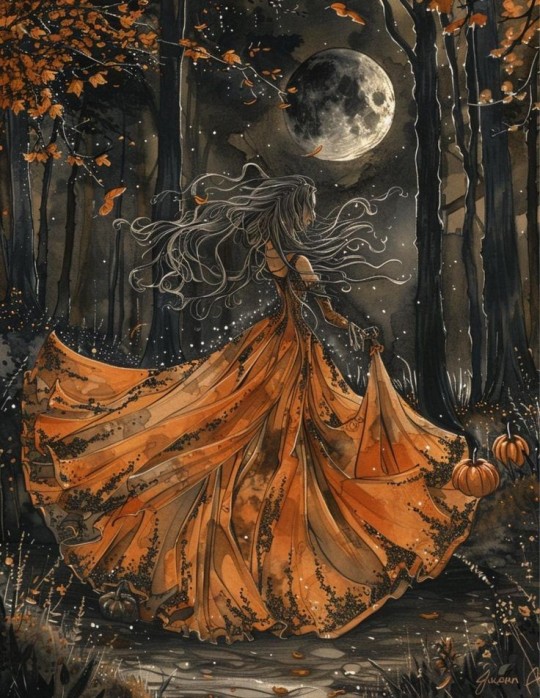
Common Samhain Traditions
• The Dumb Supper is when a meal is hosted and consumed by the living, but the dead and spirits are invited to participate and given seats and places at the table as a sign of respect. Often the windows are all open during a Dumb Supper to invite the spirits into a home. Sometimes specific spirits or ancestors are invited or the invitation is simply left open to any spirits that wish to attend. The living attendants traditionally eat in silence to honor the spirits and hear their messages.
• Carving Jack-O-Lanterns originally came from the myth of "Stringy Jack", which is an Irish folktale about a man who tricked the Devil and now has to wander the world with a lit piece of coal protected inside a carved turnip. This evolved into people carving their own turnips and potatoes and placing them in windows or doorways to scare away Stringy Jack and other tricky or potentially harmful spirits. Once Irish immigrants came to America, the tradition was continued with pumpkins.
• Trick-Or-Treating is also derived from old Samhain traditions. The Celts believed that by dressing up they were disguising themselves from negative spirits who wandered the Earth on Samhain. In the Middle-Ages, "guising" was when children or impoverished people would dress in costumes and go door-to-door begging for food in exchange for songs or prayers. This practice was known as "souling" and the participants called "soulers". In Ireland, the practice of "mumming" involved dressing up in costumes and going door-to-door to sing in exchange for tasty cakes and baked goods.
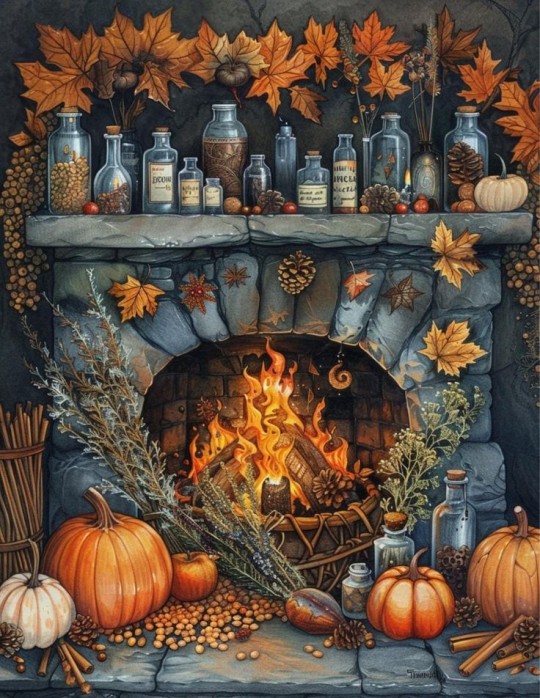
Samhain Correspondences
Colors:
• Black
• Green
• Orange
• Purple
• Red
• Silver
Crystals:
• Black Obsidian
• Bloodstone
• Amethyst
• Black Tourmaline
• Carnelian
• Jasper
• Jet
• Malachite
• Iolite
• Onyx
• Vivianite
• Ruby
• Smokey Quartz
• Garnet
Herbs/Plants:
• Cedar
• Allspice
• Cinnamon
• Hemlock
• Sage
• Rosemary
• Patchouli
• Hazel
• Dittany of Crete
• Bay
• Clove
• Belladonna
• Dragon's Blood
• Wormwood
• Mandrake
• Mugwort
• Snapdragon
• Gourds
• Nutmeg
• Frankincense
• Ginger
• Pine
• Hyssop
• Marigold
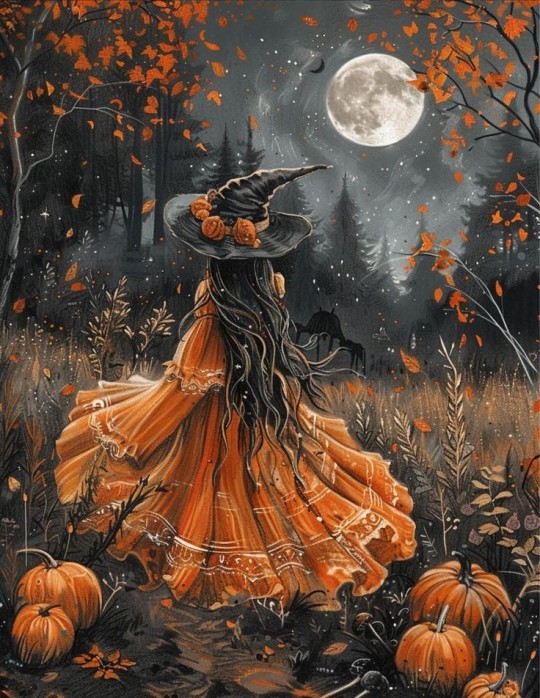
Animals:
• Bats
• Snakes
• Cats
• Spiders
• Scorpions
• Coyotes
• Jackals
• Dogs
• Wolves
• Foxes
• Crows
• Ravens
• Owls
• Rats
• Stags
Food/Drink:
• Pumpkins
• Cider
• Beef
• Chicken
• Pork
• Cranberries
• Turnips
• Potatoes
• Garlic
• Soups/stews
• Pears
• Corn
• Ale
• Apples
• Grain
• Pies
Deities:
• Hekate
• Lucifer
• Anubis
• Loki
• Lilith
• Morrigan
• Nyx
• Hades
• Persephone
• Osiris
• Apollo
• Cerridwen
• Hel
• Freya
• Demeter
• Bast
• Mercury
• Yama
• Dis
• Herne
Magickal Workings:
• Spirit Work
• Ancestral Work
• Banishing
• Cleansing
• Divination
• Baneful Magick
• Shadow Work
• Rebirth/Resurrection
• Transformation
• Creativity
• Defensive Magick
• Preparation
• Ambition
• Purification
• Protection
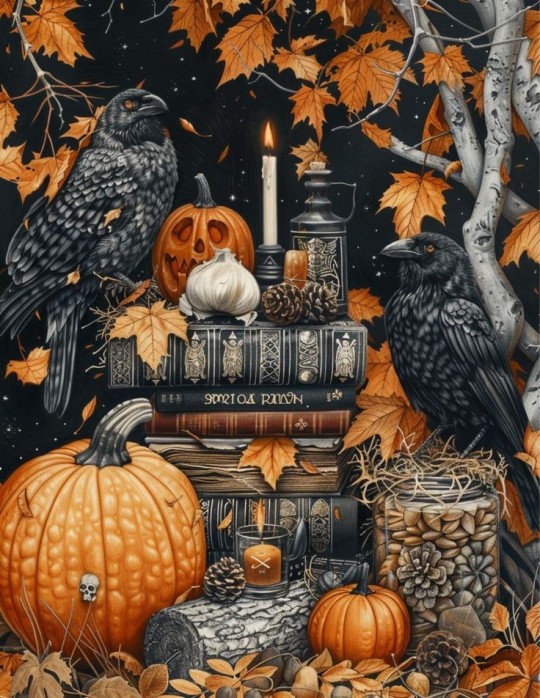
Bonus: Samhain Incense Recipe
• 2 parts Rosemary
• 1 part Frankincense
• 1 part Cinnamon
• 1 part Cloves
• 1 part Patchouli
• 1/2 part Sage
• 1/4 part Hyssop
• Pinch of Sea Salt
#magick#witch#satanic witch#lefthandpath#dark#witchcraft#spirit work#death witchcraft#chaos witch#samhain#wheel of the year#holiday#halloween#satanism#spirituality#spirits#ghosts#pagan witch#pagan community#witch community#witchblr
145 notes
·
View notes
Text

If I only could
I’d make a deal with god
And I’d get him to swap our places
••••••••••••••••••••••••••••••••••••••••••••
The Wheel of Dar also referred as The Wheel of Time or Wheel of Night. It like most ranges from January to November with only 8 on there. Then the outer ranges from various sacred animals to various months of animals. The inside is for the meanings of the holidays, which only appears in pure light. All of them are hidden under the colors. The green is there for the difference between the holidays and the blue is there as well for significant differences. The four blue are not just containing at least one major, but they’re the 4 consecutive reasonable holidays placed within the same category of season. The green is for the second category of season. Though, it makes it more complicated.
#Warwitch Wednesdays#WarWitches#wheel of magic#Wheel of Dar#Wheel of Time#Wheel of holidays#Holidays in season#seasonal wheels#seasonal nights#nights holidays#Warwitch vibes#warwitchcore#Warwitch wheels Wednesday#Warwitch Wheel Of Nights
0 notes
Text
Autumnal Equinox Altar

Just wanted to show off my altar for the season! Fall is one of my favorite seasons if you couldn't tell haha!
What's on your Autumnal Altar? What holidays do you like to celebrate? What deities do you like to devote this time too? I wanna know :3
#witchblr#pagan witch#witch#magical theory#witchcraft#spells#magick#culturalexploration#baby witch#witchcore#altars#paganblr#paganism#mabon#autumnal equinox#wheel of the year#fall#pagan#autumn#spooky season#holidays#season#seasonal#spiritual#spirtuality#spiritual journey#spirituality#i love fall please and thank you
85 notes
·
View notes
Text
why is she like this
#deltarune#suselle#noelle holiday#susie deltarune#what really happened in the ferris wheel#pukafsh art
346 notes
·
View notes
Text
Never thought I’d see the day where Billford-Fiddauthor toxic polycule is (maybe) canon??
#Bill is straight up characterized as Ford’s toxic ex this is crazy#Also Fiddleford being referred to as a third-wheel#Fidds handmaking Ford not one but TWO holiday presents but getting his wife nothing#Book of Bill#Gravity Falls#Fiddauthor#Ford Pines#Bill Cipher#Fiddleford Mcgucket#Gay Ford real and canon
105 notes
·
View notes
Text
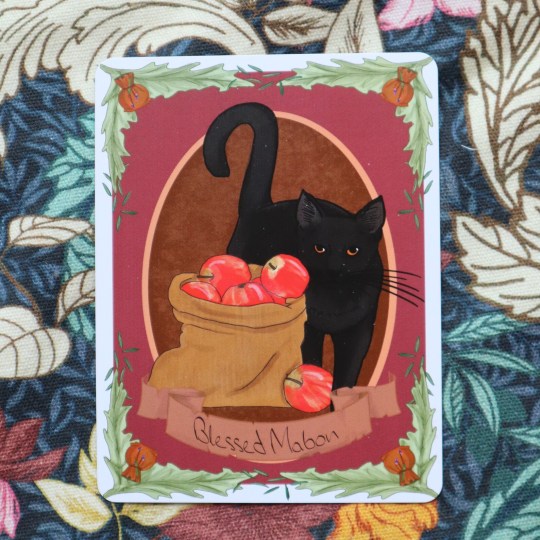
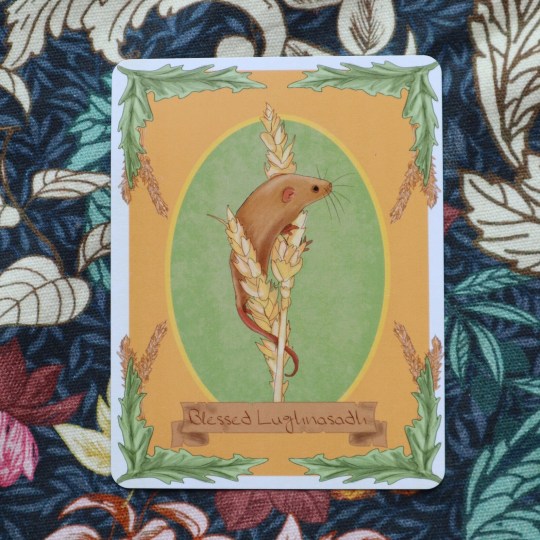

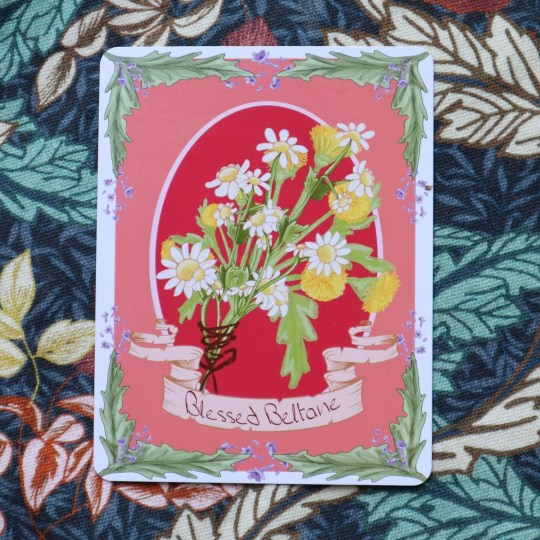


Wheel of the Year Art Prints by ofcraftsandcurios
Mabon // Lughnasadh // Litha // Beltane // Ostara // Imbolc
#art#art print#wheel of the year#pagan#pagan holidays#mabon#lughnasadh#litha#beltane#ostara#imbolc#samhain#yule#witchy#witchcraft#witchy art#drawing#illustration
269 notes
·
View notes